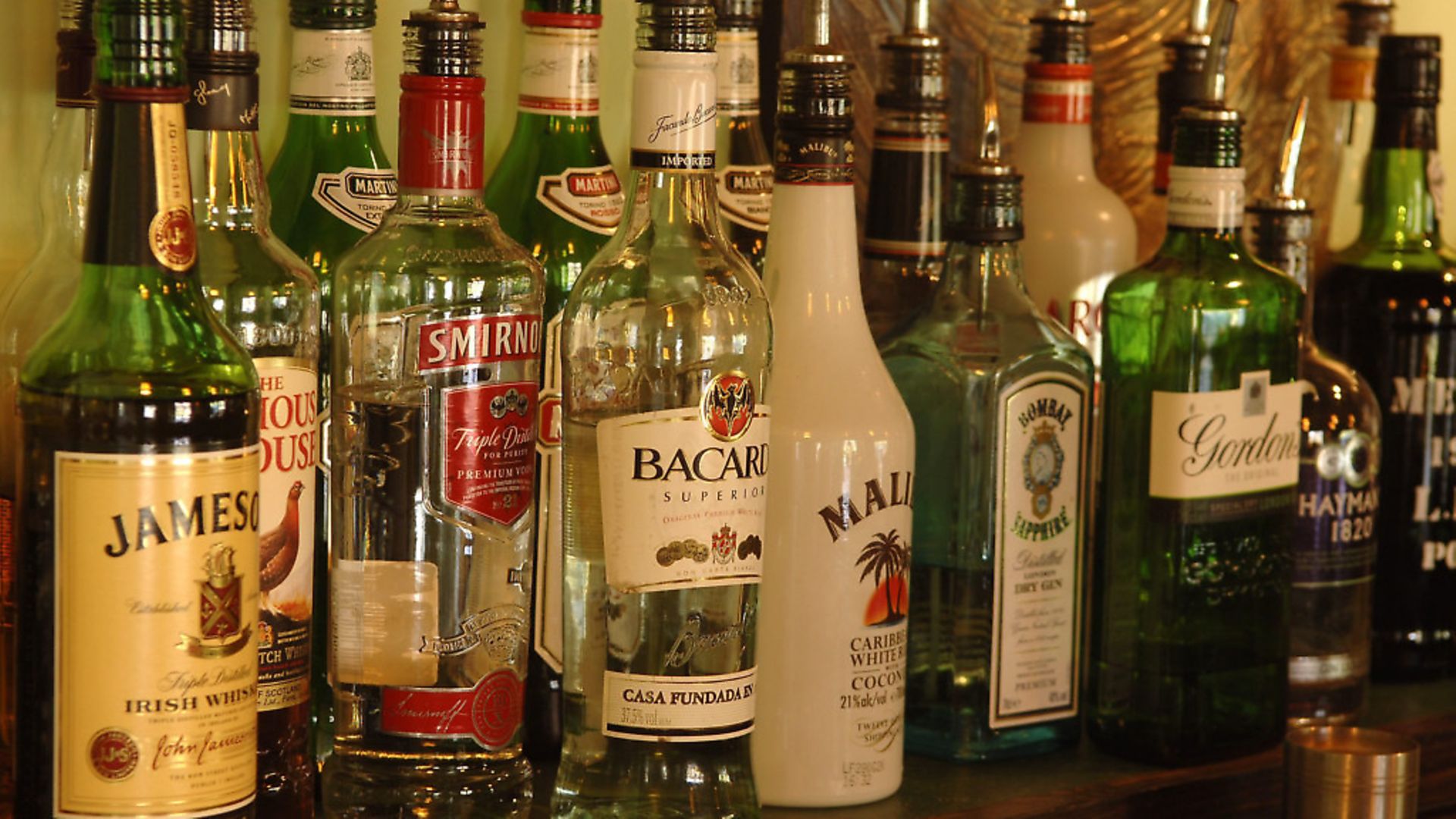
An ice cold San Miguel on a Spanish beach, or a glass of a Bordeaux in a Paris restaurant might seem like the ultimate in European drinks, but these ten classics are underrated examples of the continent’s cocktails, cordials and concentrates.
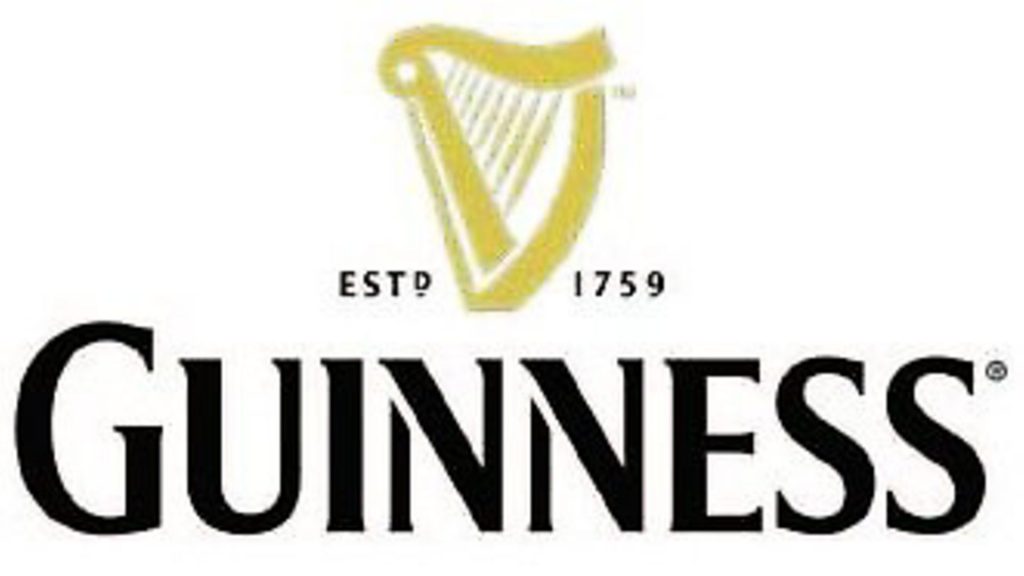
1. Guinness
From humble beginnings ‘the black stuff’ has become one of the world’s favourite drinks. Here is how the Irish stout conquered the globe. When Bishop Arthur Price died in 1755 he left £100 in his will to his 27-year-old godson. The beneficiary of that money was Arthur Guinness whose father Richard had worked for the Bishop for some years. With that inheritance Arthur would build one of the biggest drink companies the world has ever seen.
He opened his first brewery in the small town of Leixlip and it was here that the Guinness empire was born even if the drink loved the world over was still a few years away. Even prior to moving into the rented premises in Leixlip, Arthur had enjoyed brewing real ale in his spare time and he could now do this on a much larger scale.
But soon he needed even more space. At around this time it is believed that Arthur considered setting up in Wales due to heavy government taxes imposed on Irish brewers but decided against the move instead seeking bigger premises in Dublin. When he found the now world-famous St James’s Gate Brewery it was falling down which goes someway to explaining the £45-per-annum, 9,000-year lease he was able to secure. Once in Dublin the Guinness story truly began as Arthur started experimenting with darker ales. Within a decade he exported his first batch of ale to Britain – six-and-a-half barrels.
His initial experimentations with ale had been successful but he was keen to explore opportunities with a new beverage called porter which was proving a hit in London and so-called because it was a favourite tipple of the porters who worked in the capital. But it was not until 1778 that the Guinness which is now recognisable to so many really began to take shape when Arthur’s first porter – also know as ‘plain’ – went on sale.
When Arthur died in 1803 porter had become the sole product of the Guinness brewery. Between 1797-99 the founder grew the output significantly and by the time he died it stood at an impressive 20,000 barrels. His son Arthur took over at the helm. Although the porters had been a huge success, in the 1840s Guinness began using the term ‘stout’ to describe its ales and the result was even more impressive sales. By 1868 sales stood at 350,000 but within a decade this had rocketed to 779,000 and by 1886 Guinness was a public company valued at a staggering (for the time) £6 million.
The ‘black stuff’ – it is actually a very dark ruby – is made from water, barley, roast male extract, hops and yeast. It gains it distinctive colour from roasting a portion of the barley which also explains its standout taste. But despite often being referred to as a ‘meal in a glass’ it contains only 198 calories in a pint which is similar to skimmed-milk,
Although some studies have suggested the drink can be good for the heart due to its ‘antioxidant compounds’ its appears there is little truth behind the company’s 1920s advertising mantra that ‘Guinness is good for you’. In fact the suggestion that any alcoholic drinks offers improved physical performance or personal qualities is now banned in many countries – including Ireland. And current owners Diageo have stated that they do not ‘make any medical claims about our drinks’.
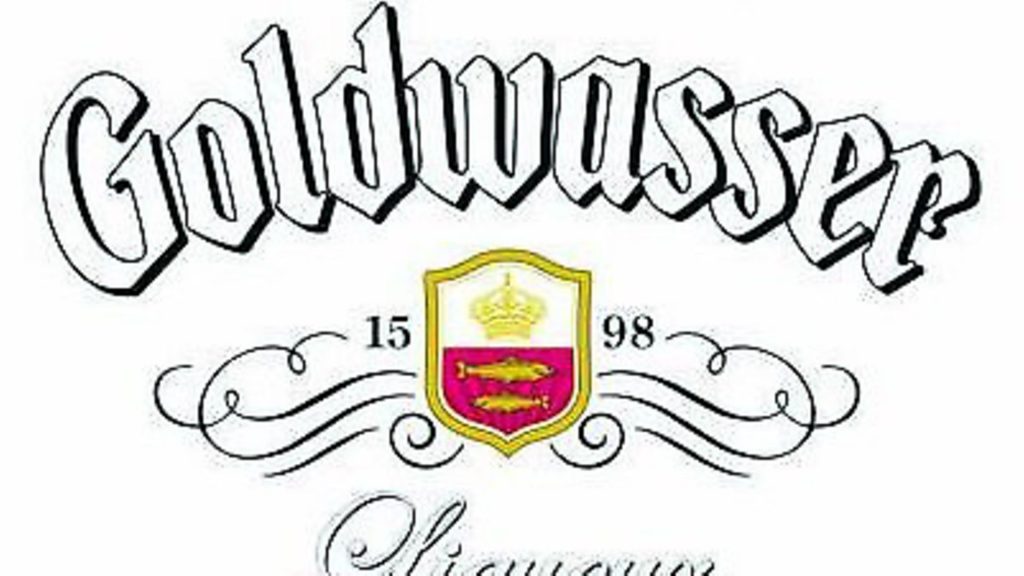
The famous smoothness of Guinness is down to the very low level of carbon dioxide and the creamy head is caused by fine bubbles being released because of the use of nitrogen in the dispensing method – a ritual almost as renowned as the drink itself.
When gas was first used to dispense Guinness in the 1960s the double pour was adopted as the best way to ensure a perfect pint. Diageo state the wait between the first and second pour should be exactly 119.5 seconds. And this extra two minutes at the bar prompted one of the most lauded advertising slogans in recent memory: ‘Good things come to those who wait.’
2. Goldwasser
Containing flecks of gold, this liquor became a firm favourite of royalty, but fared less well under communism. As the name ‘gold water’ hints, this drink is noted for the presence in it of tiny flakes of 22-karat gold leaf. As the name also suggests, it has its roots in the Baltic port of Danzig – now the Polish city of Gdansk.
Its inventor, however, was a Dutch Mennonite, Ambrosien Vermollen, originally from a village not far from the Hook of Holland. He had moved to Danzig, taking citizenship there in 1598, around the time that records indicate the drink was first produced.
Artists used alcoholic solutions at the time for gilding – the decorative technique of applying fine gold leaf or powder – and this is thought to have provided the inspiration for Goldwasser’s unusual ingredient. Alchemy, which held that gold had many desirable medical properties, was also at the height of its popularity.
In addition to the precious metal, some 20 roots and herbs were combined to give the drink its distinctive taste, among them cardamom, coriander, juniper, cinnamon, lavender, cloves and thyme.
Houses in the city often used animal symbols instead of numbers and in 1704 a distillery was set up to make the drink at an address adorned with salmon (or ‘lachs’, in German). It was subsequently adopted by the brand, which took on the name Der Lachs zu Danzig.
The presence of gold ensured the liquor established an affluent image and it became a popular drink in royal courts throughout Europe. Louis XIV of France – the Sun King – is said to have been one of its earliest connoisseurs. It is also reputed to have been a favourite of both Catherine the Great and Peter the Great, who was introduced to it when he called at the port during his so-called Grand Embassy tour of Europe. He was so taken by it that he is said to have ordered a permanent delivery of the drink to Russia, for his own consumption. Its popularity among royals continued right up to the 20th century. The drink is used to make Soufflé Rothschild, said to have been a favourite of the Queen Mother’s.
At the end of the First World War, Danzig – which had a long and complex history, involving periods of autonomy as well as phases of Polish, Prussian and, most recently, German rule – became a Free City, separated from Germany. At this point, the Der Lachs company opened an additional factory in Berlin, while production continued in the Baltic.
However, after the end of the Second World War, when the city became part of communist Poland, manufacture continued only in Germany. In 1971, the distillery was taken over by a larger company and production was moved from Berlin to a site in Nörten-Hardenberg, then in West Germany, where the drink is still made.
Although similar Polish brands do exist, the liquor is no longer produced in the city which gave it its name, although there is a nod to it in the name of the restaurant which occupies the original distillery building – Pod Lososiem, or Under the Salmon.
3. Ouzo
Best enjoyed in a taverna overlooking the Mediterranean, this spirit with a hidden kick is never quite the same when purchased in a souvenir shop and drunk back in the UK. An anise-flavoured spirit, ouzo – long a favourite of holidaymakers in Greece – has a reputation for being particularly strong, and by Greek law it must be at least 37.5% alcohol. But this doesn’t actually make it much stronger than other similar drinks.
Rather, its reputation for potency comes from its high sugar content, which delays the absorption of alcohol in the stomach, meaning the drinker doesn’t feel too tipsy early on. However, once the cumulative effect kicks in, the drinker becomes drunk rather quicker than they might have expected… prompting the undoing of many a tourist. For this reason, the Greeks consider it rather poor form to drink ouzo without food.
As with most drinks so closely associated with a country, there are many myths and legends surrounding ouzo, not least the origin of the word itself.
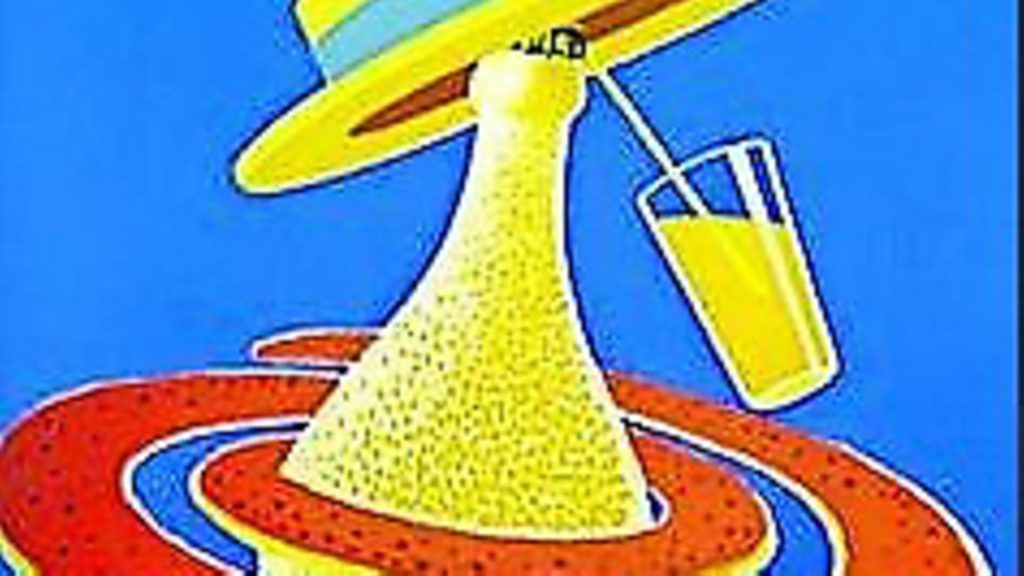
One theory holds that it is derived from the Italian ‘uso Massalia’ – ‘for use in Marseille’ – which was stamped on selected silkworm cocoons exported from Greece in the 19th century. The phrase is said to have come to stand for ‘high quality’, which the drink is certainly considered to possess. More prosaic suggestions are that the word comes from the Turkish, ‘üzüm’ (‘grape’) or the ancient Greek ózó (smell).
The drink itself has its roots in Tsipouro, a pomace brandy (made using the residue of the wine pressing process) which – according to another legend – was first produced by Greek Orthodox monks in the 14th century on Mount Athos, the holy site in north eastern Greece. Modern distillation took off in the early nineteenth century, following Greek independence and it became more popular internationally in the early 20th century, as the absinthe craze faded.
The drink, a clear liquid, is traditionally mixed with water, becoming milky white – this is because anethole, the essential oil of anise, is completely soluble in alcohol at such strengths, but not in water. It is usually served – holidaymakers take note – with small plates of appetizers called mezes, usually small fresh fish, fries, olives and feta cheese.
4. Orangina
The surprising story behind a symbol of France and its golden years. There are few drinks more evocative of France than Orangina. Yet the beverage – noted for its characteristic orange-shaped bottle – was actually invented by a Spaniard and was not even developed in France itself.
Rather, it was first created by Dr Augustin Trigo Mirallès, a pharmacist from Valencia, as a concoction intended as a medicinal drink.
He presented the drink, then called Naranjina (Spanish for ‘small oranges’), at a trade fair in Marseille in 1935 and the concept and recipe for the citrus concentrate was acquired by Léon Beton, a shopkeeper from Boufarik, in pre-independence French Algeria.
Beton took the drink back with him across the Mediterranean and tinkered with the original formula, adding sparkling water and new essential flavouring oils. He also renamed it Orangina. But his efforts to market the drink more widely ended with the outbreak of the Second World War.
After peace returned, Beton’s son, Jean-Claude, took over the company and continued with endeavours to increase sales in French North Africa as well as France. In 1951, he introduced the signature eight-ounce bottle which was to become the brand’s symbol – its shape and texture designed to mimic the fruit it took its name from. Cafe owners were initially unhappy with the unconventional design, which they said took up too much space in their fridges, but Beton insisted. (He also got complaints about the formula – with its high content of citrus pulp – and advertising campaigns were later launched to urge consumers to shake the bottle before drinking.)
His strategy was to associate the drink with leisure, sunshine, and France’s booming youth culture. Poster advertising featured bright orange slices as beach umbrellas against skies of deep pure blue. Students were hired to consume the drink conspicuously at cafe tables. It also gained a loyal following among French soldiers serving in the Algerian War. When they returned to mainland France, they would ask for ‘Orangina’, and give the drink an additional marketing push.
In 1962, production moved from Boufarik – where the drink was made from oranges from surrounding groves – to Marseille, ahead of Algeria’s independence. But its upwards trajectory continued. In 1957, 50 million bottles were sold. In 1975, sales were ten times that.
For French consumers of the period, the drink is redolent of the boom the country enjoyed during Les Trente Glorieuses – the three decades of growth following the Second World War. Alas, for Algerians, who had endured a bloody war, memories are more complex.
It was not until 2003 that production resumed in Algeria, under a franchise. To mark the occasion, Beton himself returned for the first time since 1967, to make an emotional visit to the original factory. He had sold Orangina to drinks giant Pernod Ricard in 1985, before retiring to the Bordeaux region, where he had bought a vineyard. He died in 2013. Over the years, Orangina changed hands frequently and now belongs to Japanese conglomerate Suntory.
5. San Pellegrino
San Pellegrino takes its name from the small Alpine town from which it originates: San Pellegrino Terme in Lombardy, northern Italy. The water comes from a layer of rock 400 metres underground. It is mineralised from contact with limestone and volcanic rocks and surfaces at a temperature of about 22C in one of three deep springs.
These springs – a newly-opened hotel allows visitors to bathe in one – are at the foot of a dolomite mountain wall. This allows for the formation and replenishment of a natural basin of mineral water. It is estimated that the water spends 30 years underground before surfacing. And it is these springs that have made this small town famous for hundreds of years.

It was back in 1395 when new town borders were drawn that the springs and their water were first properly recorded. Over time the supposed health benefits of drinking from the springs became legendary. It is said – although there are differing views on the veracity of the claim – Leonardo da Vinci came to San Pellegrino Terme to sample the ‘miraculous’ water for himself and later produced a treatise on the subject.
Although we know that San Pellegrino has been enjoyed for centuries the first official records only date back as far as 1899 when 35,343 bottles were produced with only 5,562 being exported. But it was the export market that would prove vital for the development of the brand as it became a favourite among upmarket consumers. By 1908 San Pellegrino was being exported to all of Europe’s major cities as well as across the US and to Cairo, Tangiers, Shanghai, Calcutta, Sydney, Brazil and Peru.
Then in 1932 the company hit on a whole new market by adding fruit extracts. The Aranciata orangeade was the first and it quickly became a hit with other flavours soon being added. A boom for mineral water consumption in the 1980s saw the brand – along with Perrier – become synonymous with sophistication something many worried might disappear when Nestle took over in 1997. But the long rich history of Italy’s favourite bubbles continues apace.
6. Augustiner
Still a favourite in Munich and beyond, this drink – one of the world’s oldest beers – takes its name from the Augustinian monks who first brewed it in their monastery in the fourteenth century. The first reference to the brewery was in the 1328, just over 30 years after the monastery itself had been established, on the outskirts of Munich.
The monks supplied their beer to Bavaria’s ruling Wittelsbach dynasty until 1589, when the family set up their own brewery – Hofbräu. Despite the loss of custom and the arrival of competition, Augustiner beer continued to thrive, at one point reaching an annual output of 250,000 litres, three times the amount of an average brewery at the time.
In the early nineteenth century, as part of the secularisation movement – part of the wider reorganisation of German states – the monastery was dissolved, and the monks forced to leave. The brewery continued, initially run by the state but then in private hands. Then, in 1817, it moved from its increasingly dilapidated site in the monastery, to Neuhauser Strasse. Just over a decade later, in 1829, it was acquired by Anton and Therese Wagner, brewers from nearby Altaching, beginning a connection to the family it retains to this day.
To expand the business, Anton acquired a storage cellar on Rosenheimerstrasse in 1840. Further expansions occurred after Theresa took over the running of the firm following her husband’s death in 1845, and then, following her death in 1858, once their son Joseph Wagner was in charge.
At some point, the brewery began a close association with the city’s Oktoberfest, which continues to this day. The first record of an Augustiner beer booth is featured on a picture dating from 1867.
In 1903, the brewery was represented at the Oktoberfest by a large ‘beer castle’, which was subsequently upgraded, in 1926, to a ‘festival hall’, or ‘Festhalle’, complete with a tower. This hall has been a feature of the festival ever since, although from 1949 to 2010 the tower was absent (it made a return in 2010, for Oktoberfest’s 200th anniversary). More than half of the brewery was destroyed by Allied bombing in the Second World War, but by 1971 it had been completely restored.
The beer enjoys something of a ‘retro’ image in the city and further afield, as one of the last major Munich breweries not owned by an international conglomerate. In 1996, Edith Haberland Wagner, the last of the Wagner dynasty, bequeathed her share in the brewery ownership to the Edith Haberland Wagner Foundation, and the foundation continues to hold 51% of the shares of the brewery.
7. Smirnoff
As befits its Russian roots, the story behind Smirnoff vodka is an exhausting epic of poverty and politics, revolution and religion, enterprise and exile, individual exertion and vast social forces. The drink was invented by Pyotr Arsenievich Smirnov, born as a serf in the remote farming village of Kayurovo, 170 miles from Moscow, in 1831. From these humble beginnings, he became – by his death in 1898 – one of Russia’s richest men, the result of his fierce entrepreneurial spirit and some superlative opportunism on the way.
Smirnov capitalised, first, on the emancipation of the serfs in 1861, by Tsar Alexander II, and then by the subsequent liberalisation of the Russian economy, which triggered a boom in country, as the nineteenth century neared its end.
He founded his first distillery in Moscow in 1864, and in the following decade he pioneered the charcoal filtration method for which the drink is known. Despite a lack of formal education, he proved to be a marketing genius. An early proponent of newspaper adverts, he also developed even more innovative tactics: rounding up beggars in one Moscow’s poorest neighbourhoods and bringing them to his home for food and drink before paying them to head out onto the streets again and demand Smirnov vodka at the city’s outlets.
In addition, he made charitable contributions to the clergy, to minimise preaching on the dangers of vodka drinking and to burnish his own image as a prominent member of the church. Within eight years, he was grossing 600,000 rubles annually, according to an estimate by Linda Himelstein, author of a book The King of Vodka: The Story of Pyotr Smirnov and the Upheaval of an Empire. His strategy, she argues, was all part of his aim to become official vodka purveyor to the tsar, a title he gained in 1886.
His remarkable rise came during tumultuous times and while Smirnov never faced a strike at his plant – he treated his workers relatively well – his business was threatened by an anti-vodka campaign led by Leo Tolstoy and Anton Chekhov, who believed the drink was destroying the country.
After his death, he was succeeded by his son, Vladimir. But in 1901, the Tsarist government seized control of vodka production. Once the Bolsheviks took over, sixteen years later, the company was nationalised and Vladimir and his family were forced to flee the country for their lives.
He went, first, to Constantinople (now Istanbul) where he established a new factory, and then Lwów (formerly in Poland, now Lviv, in Ukraine) and started to sell the vodka under the contemporary French spelling of the family name, Smirnoff. An additional distillery was founded in Paris in 1925.
In the 1930s, Vladimir met Rudolph Kunett, a Russian who had emigrated to America in the 1920s and became a successful businessman in New York. The Kunett family had been a supplier of grains to Smirnoff in Moscow before the Revolution and in 1933, Vladimir sold Kunett the right to begin producing his vodka in North America. The brand is now owned by the spirits giant Diageo.
8. Kölsch
Kölsch is a beer with its own culture. (Just don’t call it lager.) Brewed in Cologne, or Köln, and the immediate surroundings since the start of the twentieth century, the drink only really increased in popularity from the 1960s onwards. An older, cloudier variant existed before this and was known locally as Wiessbier, with the term Kölsch becoming officially accepted from 1918 onwards. Today, this top-fermented beer enjoys protected status across the EU and is the predominant beer in the region.
Go into any city centre gasthaus and ask for a beer and this is what you will get. Kölsch shares a link to other top-fermented beers like the altbiers found in and around Düsseldorf, but is a much paler, straw coloured liquid and less fruity in flavour. It resembles lager, but it would be a mistake to call it that when in Cologne: it’s not lager, it’s Kölsch.
There are 15 or so breweries allowed to brew this distinctive beer in the city and the wares of the larger brew-houses like Früh, Gaffel and Reissdorf can be found in any gasthaus. Step into a smaller ‘corner pub’, though, and the smaller, more idiosyncratic Kölsch varieties may be found.
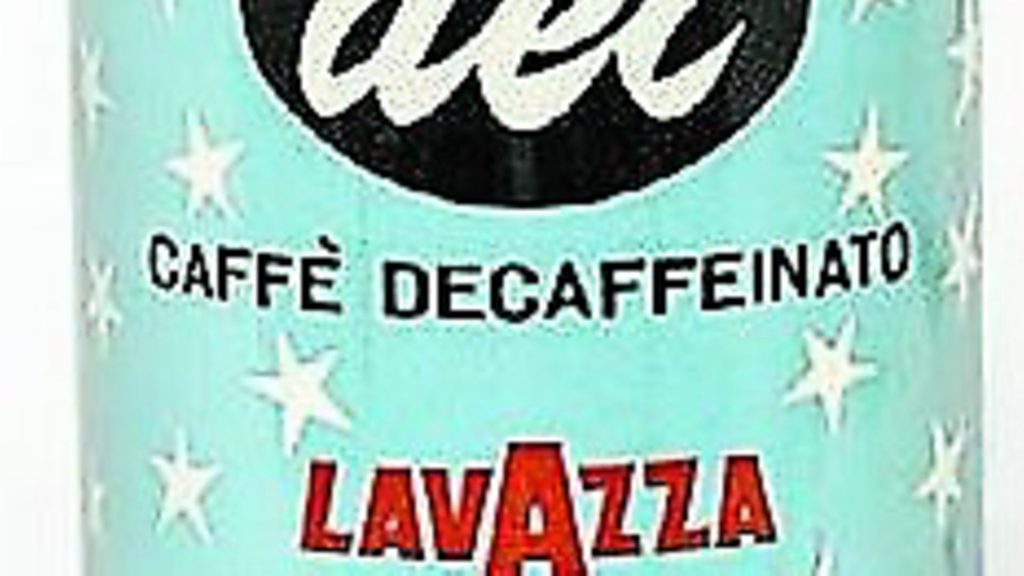
With a typical ABV of around 5%, it is a strongish beer for British drinkers used to draught strength lagers or real ales. Kölsch is usually served in smaller volumes than might be found in English pubs or further south in Germany. Straight, narrow two hundred millilitre glasses, known locally as a Stange, or test tube, are the norm. This is quite a different approach to the traditional image of Bavarian Oktoberfest steins, which typically hold up to one litre of beer, and it’s another example of how northern and southern Germany can sometime feel like different countries. The idea behind the Stange is that the smaller volume keeps the beer colder and fresher to the bottom of the glass. As a further departure from the stereotype, in Cologne, anyone who pours you a Kölsch with a substantial head on it doesn’t know what they’re doing.
Brewery tours are available, although most of these are little more than glorified pub crawls with a tour guide providing information about the beer and the history of Cologne. Interesting enough in itself but there is little chance to see any actual brewing. No doubt something to do with the strictness of the famous German brewing law, the Reinheitsgebot, dating from at least 1516 and which specified that water, hops and barley are the only ingredients allowed.
However you will learn why the beer waiter is called Köbes and usually dressed in blue and you’ll get to sample a variety of Kölsch along the way. In doing so, you will appreciate one of the other requirements of the Reinheitsgebot, which is that beer should be recently brewed and should only be kept in the fridge for about as long as milk before it risks spoiling. This lack of preservative gives the beer a clean, fresh taste not often experienced outside of the continent in a beer of this type.
For a more genuine experience, you’re better off going into one of the smaller ‘corner pubs’ which usually also sell food. The Malzmühle on Heumarkt is good. Here the Köbes will take it as a badge of honour to engage in some rough and ready banter with you (be prepared!) and fresh glasses of beer will keep appearing on your table unless you leave a small volume in the bottom or cover the top with a beer mat. No ordering at the bar, Köbes will bring new drinks over and make a tally mark on your beer mat, settling up with you at the end of the night. Young Kölner men would see it as a rite of passage on a night out to cover the entire perimeter of their mat with tally marks.
9. Lavazza
As European coffee brands go, Lavazza is one that defines the image of ‘caffé’ perhaps more than any other. Italy’s best-selling coffee brand has a history going back to 1895, when Luigi Lavazza, a chemist and owner of a grocery shop on Turin’s Via San Tommaso, decided to turn his hand to the coffee trade.
His knowledge of chemistry allowed him to experiment with his products’ flavours and to lay the foundations of what would become an internationally recognised coffee empire.
Lavazza began blending different coffee crops to achieve the brand’s distinctive taste, with some blends including up to six coffees. They can consist of 100% Arabica beans, or be made up of a mix of Arabica and Robusta – the former is sweet and fragrant, the latter, full-bodied and intense.
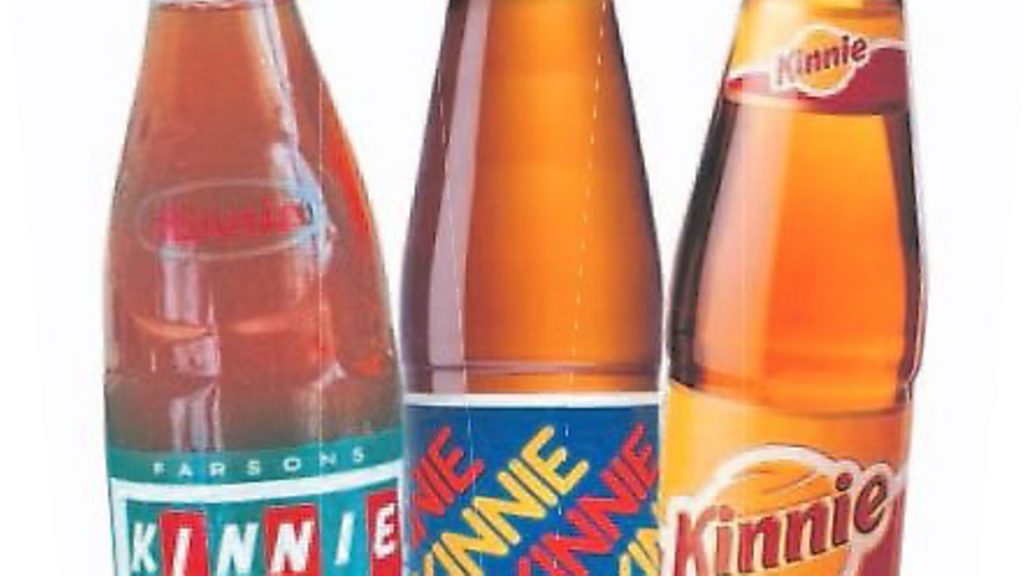
When automatic coffee roasting machines were created in the 1920s, Lavazza was quick to invest. Then, after the Second World War, his sons, Mario and Giuseppe introduced further innovations, moving away from selling ‘loose’ coffee, towards using branded packaging.
The first Lavazza logo was introduced in 1946, with a central ‘A’ larger than the others – a feature still used to this day. In 1950, a slogan followed: ‘Lavazza Paradiso in Tazza’ (Lavazza coffee, heaven in a cup). Vacuum packed tins, to preserve the aroma, were brought in, in the same year.
The Italian economy suffered in the 1970s and coffee consumption also dipped, but technical innovations helped the company survive and move into French and British markets in the 1980s and 1990s. The 1990s also saw the launch of the Lavazza Calendar, featuring fashion photography from some of the world’s leading photographers. Contributors have included Annie Leibovitz, David LaChapelle and Helmut Newton.
A keen eye for publicity also saw, in 2015, the Italian astronaut Samantha Cristoforetti become not only became the first Italian woman in space, but also the first astronaut in history to drink a real espresso whilst in orbit, as part of a project involving Lavazza and the engineering firm Argotec.
10. Kinnie
It’s hard to escape Kinnie on the island of Malta. While Coca Cola dominates in so many other countries, here there is a home grown soft drink which more than gives it a run for its money. Its distinctive taste – it is made from bitter oranges and aromatic herbs – and dark golden colour don’t make for easy comparisons. This is not an orangeade in the same way that Orangina is, for instance.
It was launched in 1952 by Farsons, who had established Malta’s first brewery around 25 years earlier and who still produce the island’s popular Cisk lager. It was, for managing director Anthony Miceli Farrugia an attempt to produce a native alternative to the cola drinks proliferating in post-war Europe. He wasn’t alone in this ambition but unlike in most other cases, his attempt worked. Spectacularly.
Rather than try to ape other drinks already on the market, Kinnie’s taste was kept deliberately different, to make it truly stand out. Its recipe is still secret, though rhubarb, liquorice and ginseng are said to be among its ingredients.
The Maltese took to the island-made product and Kinnie became something of a national drink. That’s not to say it hasn’t been appreciated further afield over the years. In 1975, France’s Comitié International d’Action Gastronomique et Touristique selected Kinnie as its beverage of the year, in recognition of its originality and quality.
It has since been exported to countries including the UK, Italy Germany and the Netherlands – often finding a market among people who have enjoyed the drink while on holiday on the Mediterranean island. It is also now produced under licence in Australia.
Often drunk with a slice of orange, it is also popular as a mixer with a number of alcoholic drinks. Since 1984, a diet version has been available, while a low calorie option, Kinnie Zest, appeared in 2007. Kinnie Vita, another low sugar, low calorie version, followed in 2014.









